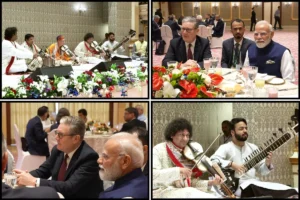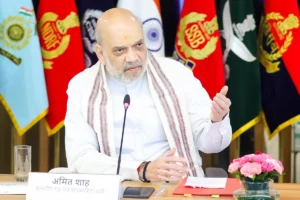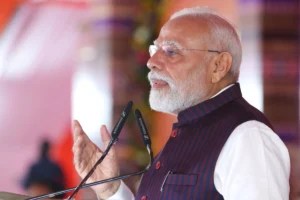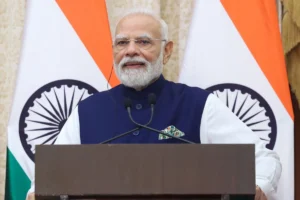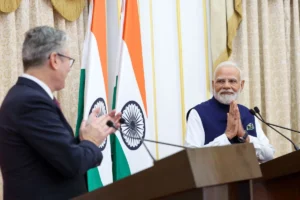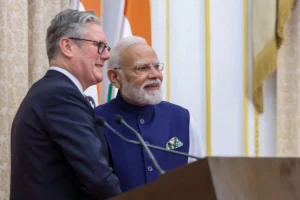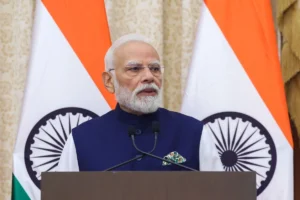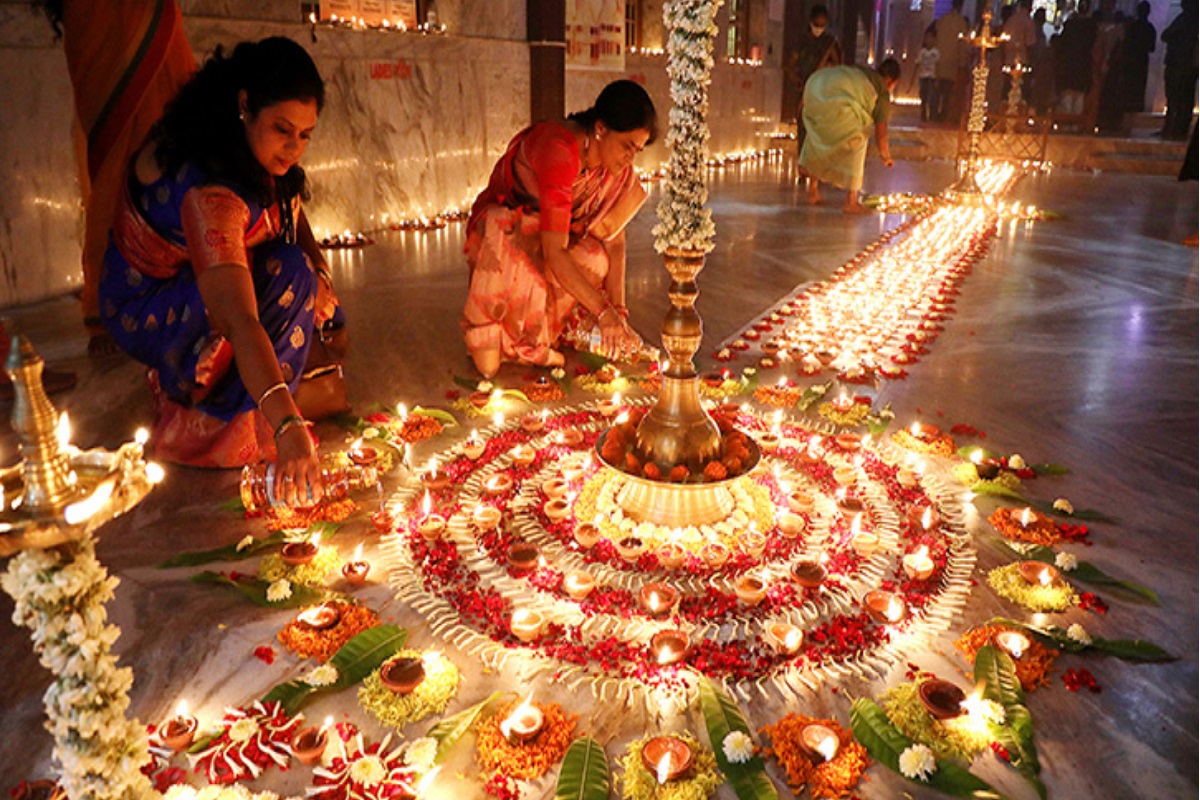
Diwali 2023: Seven significant practices from the past that characterize the light festival
People are busy getting ready for Diwali, the largest Hindu holiday, which is quickly approaching. They are cleaning their homes and buying new outfits. This year on Sunday, November 12, there will be a grand celebration of the festival of lights. This time of year, every window and street is illuminated to showcase the beauty of Diwali to the rest of the globe. Houses illuminate one another with lanterns, clay lamps, and fairy lights to chase away the darkness. Given that India is a cultural melting pot with a diverse spectrum of customs and beliefs, each region has its own Diwali rituals.
Also Read : “Very thrilled” Rakhi Gupta, the CEO of Edelweiss, has joined Shark Tank India 3
Celebrated primarily in northern India, the festival commemorates the day that Lord Rama, his wife Sita, brother Lakshman, and Hanuman returned to Ayodhya following the defeat of Ravana. On the eve of Diwali, people light clay pots known as diyas because it was Amavasya, a night without moonlight, when they returned. On the other side, South Indians commemorate the day as the day that Lord Krishna vanquished the monstrous Narakasura. On this day, it is also thought that Goddess Lakshmi and Lord Vishnu were wed. These are some significant Diwali traditions and practices that you should be aware of.
Seven significant customs observed on Diwali
1. Lighting lamps and Diya’s: People burn ornamental candles and traditional oil lamps called Diya’s in their homes and environs to symbolize the triumph of good over evil and light over darkness.
2. Rangoli art: Using colorful powders, rice, or flower petals, elaborate patterns and designs are created on the floor to adorn dwellings and welcome guests. The vibrant colors of Rangoli are essential to any Diwali celebration.
3. Bursting firecrackers: Fireworks and crackers are traditionally used to symbolize the victory of light over darkness during Diwali celebrations. However, due to environmental concerns, people these days avoid lighting crackers.
4. Gift-giving: As a show of affection and goodwill, individuals often share gifts and candies with their relatives and friends on this day.
5. Decorating dwellings: To create a festive environment, homes are cleaned and decked up with colorful decorations, floral garlands, and lights. This is due to the myth that the goddess Lakshmi will only pay visits to tidy dwellings.
6. Worship of Lakshmi: Devotees offer prayers or pujas to the Goddess of Wealth in order to receive her blessings for wealth and riches. Pujas are also held at shops, offices, and residences.
7. Feasting: Special Diwali sweets and savory dishes are made during this joyous time and shared with loved ones.
To read more such news, download Bharat Express news apps








